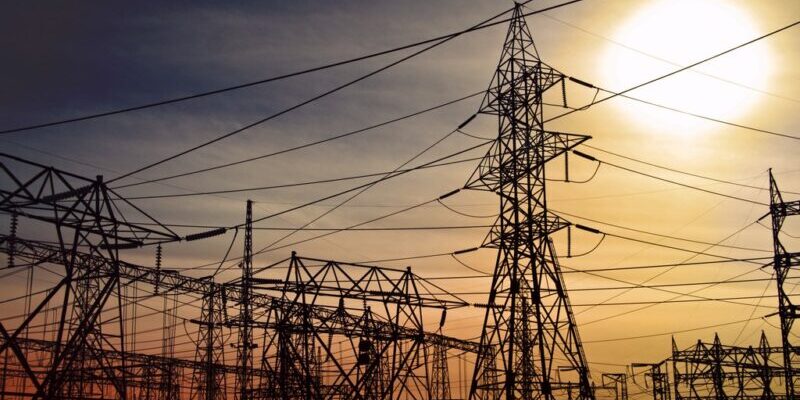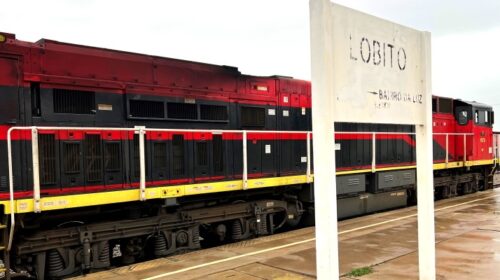Zambia and Zimbabwe Face Severe Power Crisis as Kariba Dam Water Levels Dwindle
Zambia is set to shut down its hydropower plant at Kariba Dam on September 14, limiting households and businesses to just three hours of electricity per day.
Meanwhile, Zimbabwe has warned it may be forced to turn off turbines at its hydropower station by December due to dwindling water levels caused by an El Niño-induced drought.
Both Zambia and Zimbabwe are grappling with the effects of severe drought, driven by climate change, which has led to a dramatic drop in water levels at Kariba Dam—the world’s largest man-made lake and a crucial hydropower source for both countries.
The Zambezi River Authority (ZRA), which manages the shared lake, reported that as of August 26, the water available for power generation had fallen to only 8% of normal levels.
“The lake level is steadily decreasing due to low inflow,” ZRA said in its weekly report, noting the water level was 476.76 meters, representing just 8.71% of usable storage.
Zambia announced the impending shutdown of its hydropower plant, which will result in severe power rationing. Zimbabwe, facing a similar water shortage, has reduced its power generation from Kariba to 214MW, down from an installed capacity of 1,050MW. Harare expects to deplete its water allocation for electricity generation by December.
Experts predict that significant water inflows into the lake will not occur until the southern African winter in May 2025, raising the prospect of prolonged power outages in both countries.
Zambia, which relies on hydropower for 83% of its electricity, is expected to be hit hardest by the power shortages. Zesco Ltd, Zambia’s power utility, is implementing emergency power rationing and rotating electricity supply to provide residents with access to essential services like water. The utility is also exploring imports to mitigate the crisis but warns that these may not fully balance supply and demand.
As power shortages worsen, Zambian households and businesses are turning to solar energy. SunnyMoney Zambia, a solar enterprise owned by the UK charity SolarAid, reported a 540% increase in solar product sales in just one year. Solar energy is now seen as the most reliable alternative for many Zambians.
Abigail Mufwabi, a SunnyMoney customer, highlighted the relief solar energy has provided during blackouts. “We would depend on charcoal or wait for power to return.
Now, with a gas stove and solar lights, I can cook and help my children with homework without worrying about power cuts,” she said.
Zimbabwe is already enduring power cuts of up to 18 hours per day. Energy Minister Edgar Moyo confirmed that Kariba would cease generating power by the end of the year, though investments in thermal power plants have softened the blow. Still, Zimbabwe’s power plants are only producing 1,183MW, far short of the country’s 2,200MW peak demand.
The World Bank estimates that prolonged load shedding could cost Zimbabwe up to 8% of its GDP this year.
The 2023 State of the Climate in Africa report, jointly released by the United Nations Economic Commission for Africa, the World Meteorological Organization, and the African Union, paints a grim picture of climate change on the continent.
The report estimates that African countries will face an average economic loss of 2-5% of GDP annually due to climate extremes, with adaptation costs ranging from $30 billion to $50 billion per year.
“This report serves as a stark reminder of the urgency of climate action in Africa,” said Mike Elton Mposha, Zambia’s Minister of Green Economy and Environment.
“Rising temperatures, erratic rainfall, and other climate-related challenges threaten Africa’s progress toward the Sustainable Development Goals and Agenda 2063.”
SOURCE:newzimbabwe.com
![]()





